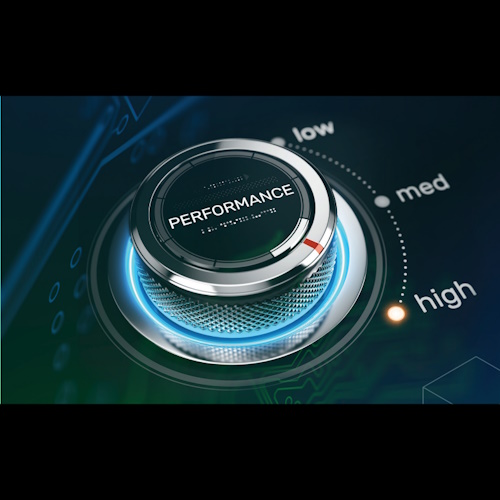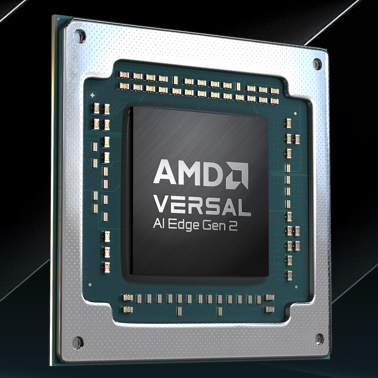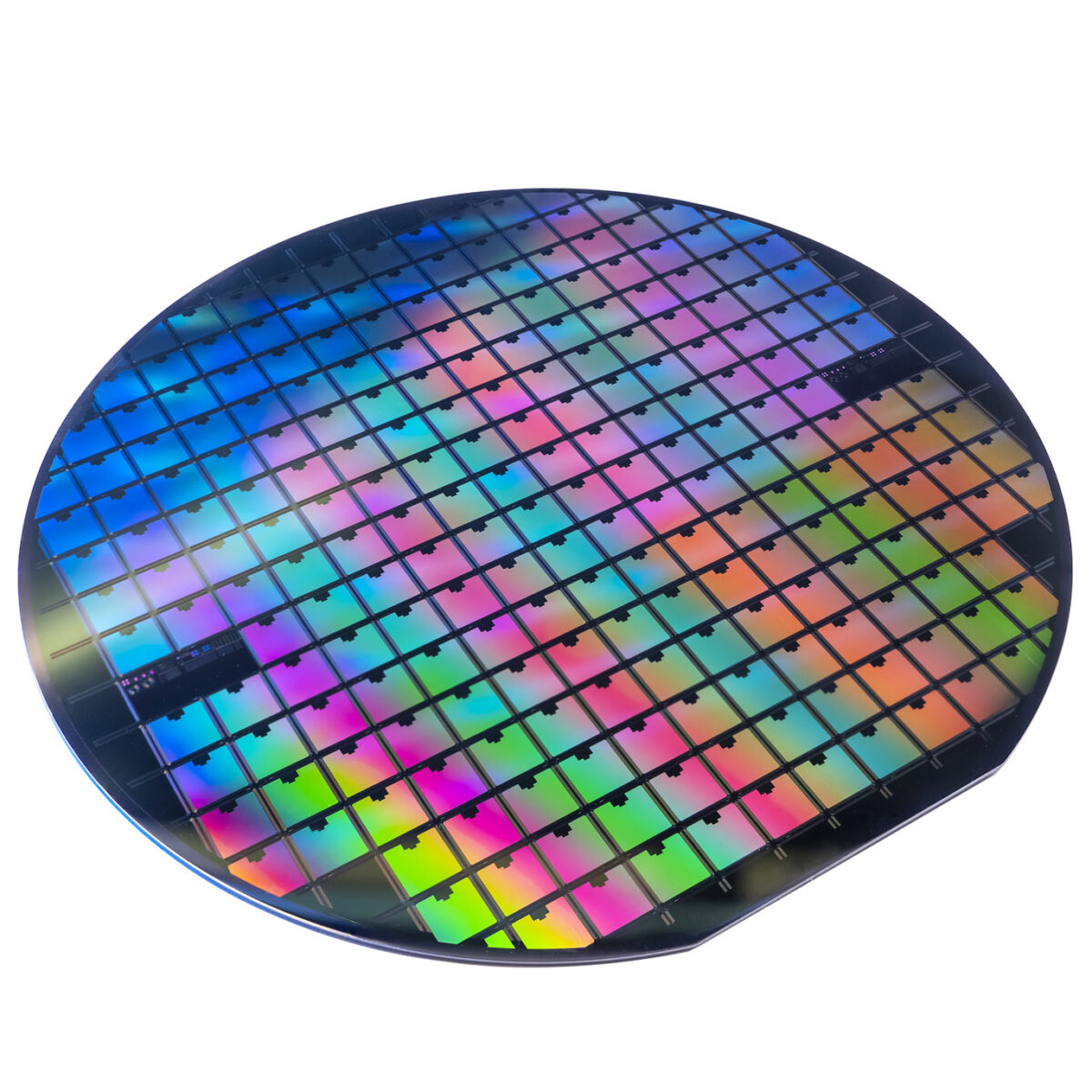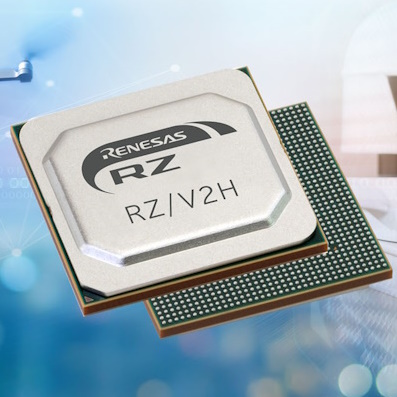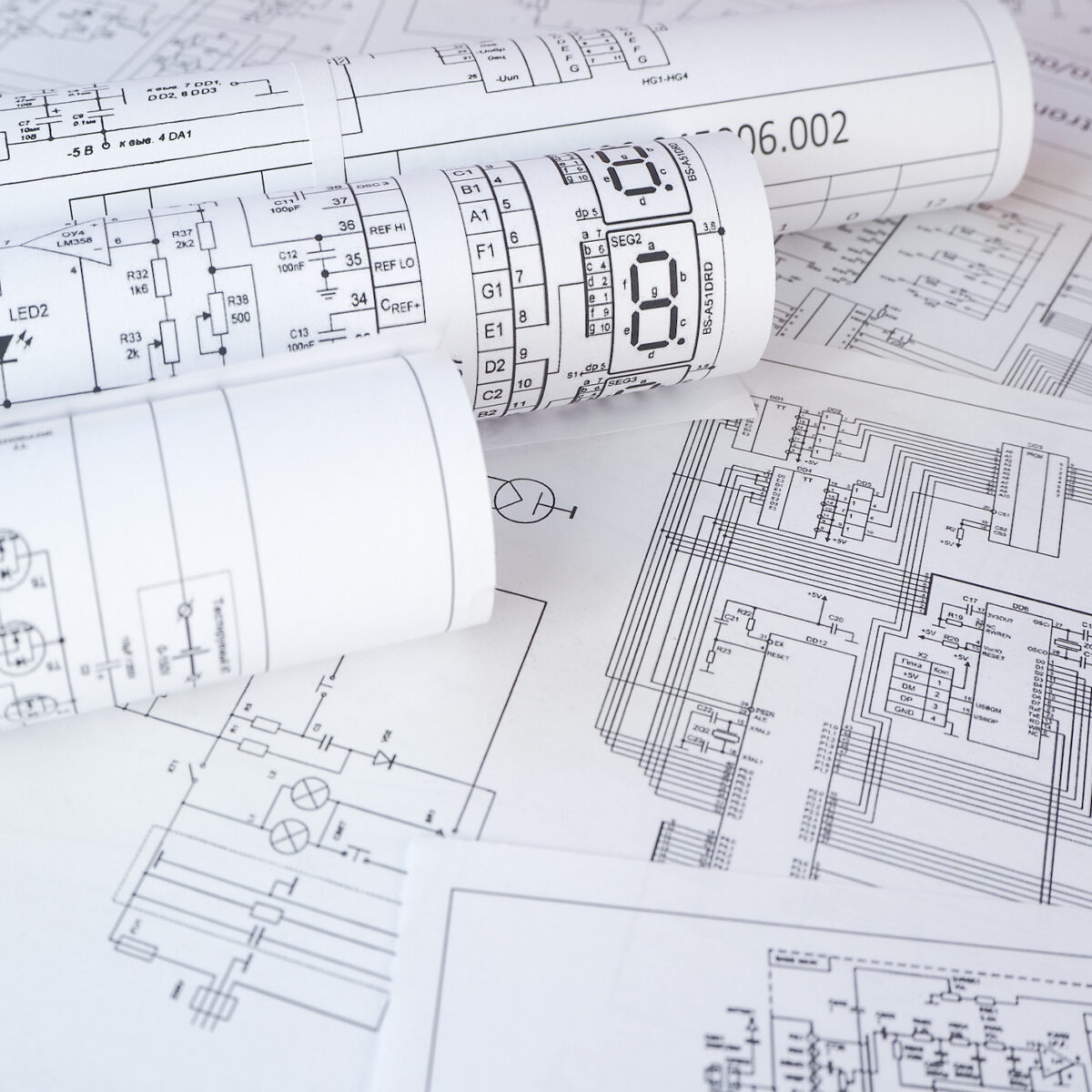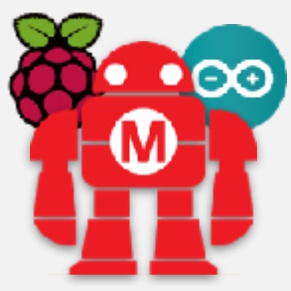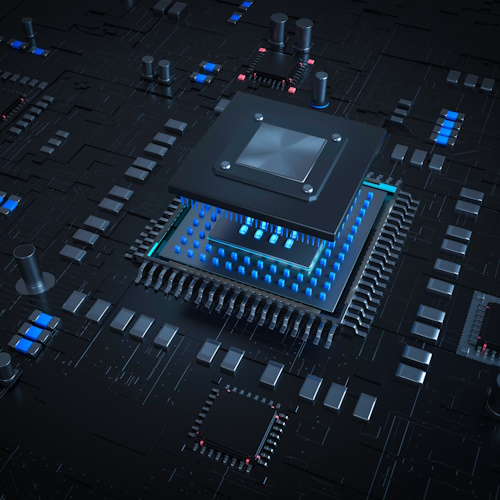Understanding and Optimizing SoC Hardware Performance
Are you involved in developing SoCs? Are you banging your head against the wall, desperately trying to determine why you aren’t obtaining the performance promised by the providers of your processor, interconnect, and DDR memory controller IPs? Do I have good news for you? (Spoiler alert. The answer to the last question is a resounding “Yes!”)
In many ways I envy the young engineers who are coming up today because they have such awesome technologies to play with. On the hardware side, they can create sophisticated SoCs containing billions … Read More → "Understanding and Optimizing SoC Hardware Performance"


